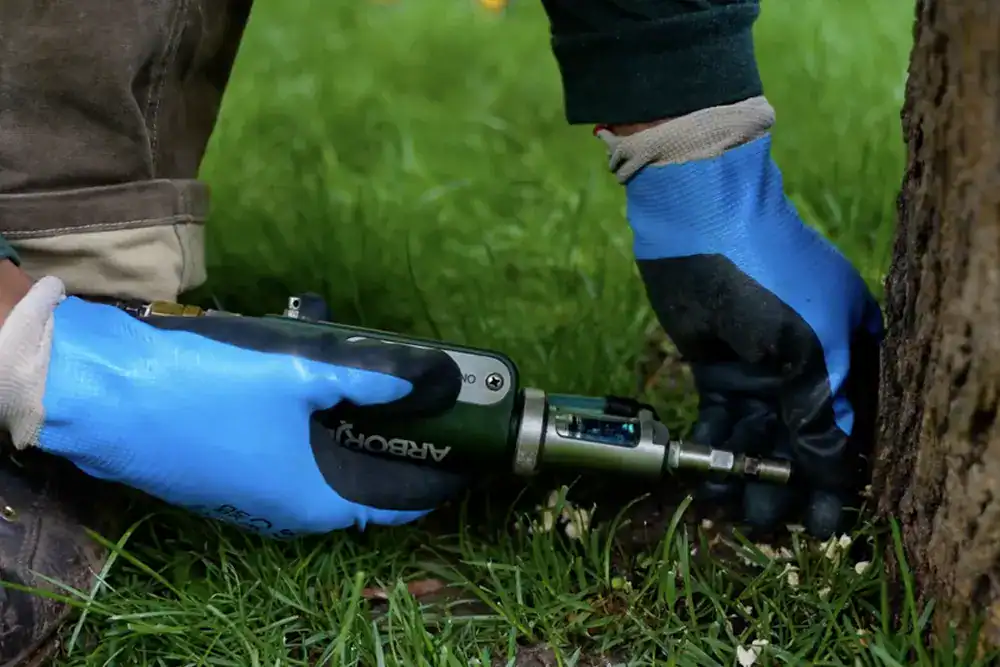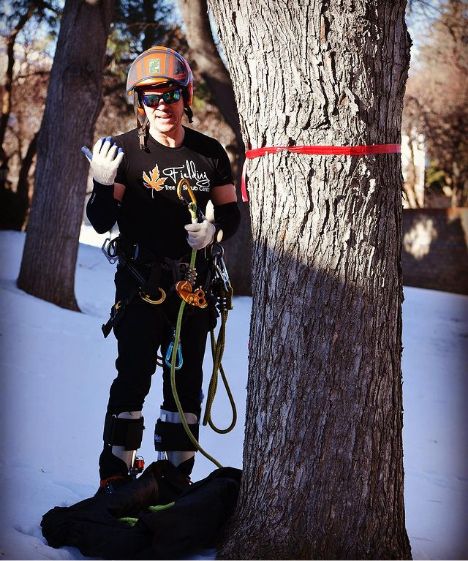The Emerald Ash Borer (EAB) is a highly destructive pest that is a threat to native North American ash trees. It is originally from Asia, and was introduced to North America in the 1990s. It has killed millions of ash trees across the country.
The EAB attacks both healthy and stressed ash trees. In some cases, the infestation can remain undetected for up to four years before visible signs of decline appear. Infested trees that are left untreated will eventually succumb to this devastating pest.
The adult beetles, which are dark green and approximately half an inch long, are active from late May to July. During this time, they feed on ash trees and lay eggs on the bark. Once hatched, the EAB larvae tunnel into the bark, feeding on the phloem and outer layers.
Should I be concerned?
Yes! EAB has been confirmed in the Centennial area and many other surrounding towns including Littleton, Lakewood, and Arvada. EAB is spreading, and leaving your ash tree unprotected is not an option anymore.
There is often a multiple year gap between when trees become infested and when they are actually diagnosed. Delay in preventative treatment gives EAB the time and opportunity that they need to spread.
Ash trees left untreated will not survive if they become infested with EAB!
What are the signs my tree might be infested?
It is important to note that EAB often goes undetected, making preventative treatment the best measure for protecting ash trees. However, here are some visible signs that may indicate an infestation:
- Dying canopy of leaves
- D-shaped exit holes in bark
- Splintering bark and S-shaped tunnels underneath
- Increased woodpecker activity and damage
- The presence of EAB beetles and/or larvae
What can I do to protect my ash trees?
It’s important to take action and consult with one of our certified arborists to establish a proper treatment and maintenance plan.
We have several options available to help protect ash trees threatened by EAB. It is best to begin treatment while ash trees are still relatively healthy. If treatment begins after the first signs of infestation, such as canopy thinning, it may stop additional damage, but it will not reverse any damage that has already been done.
Other important preventative steps include proper watering, mulching and regular fertilization.






